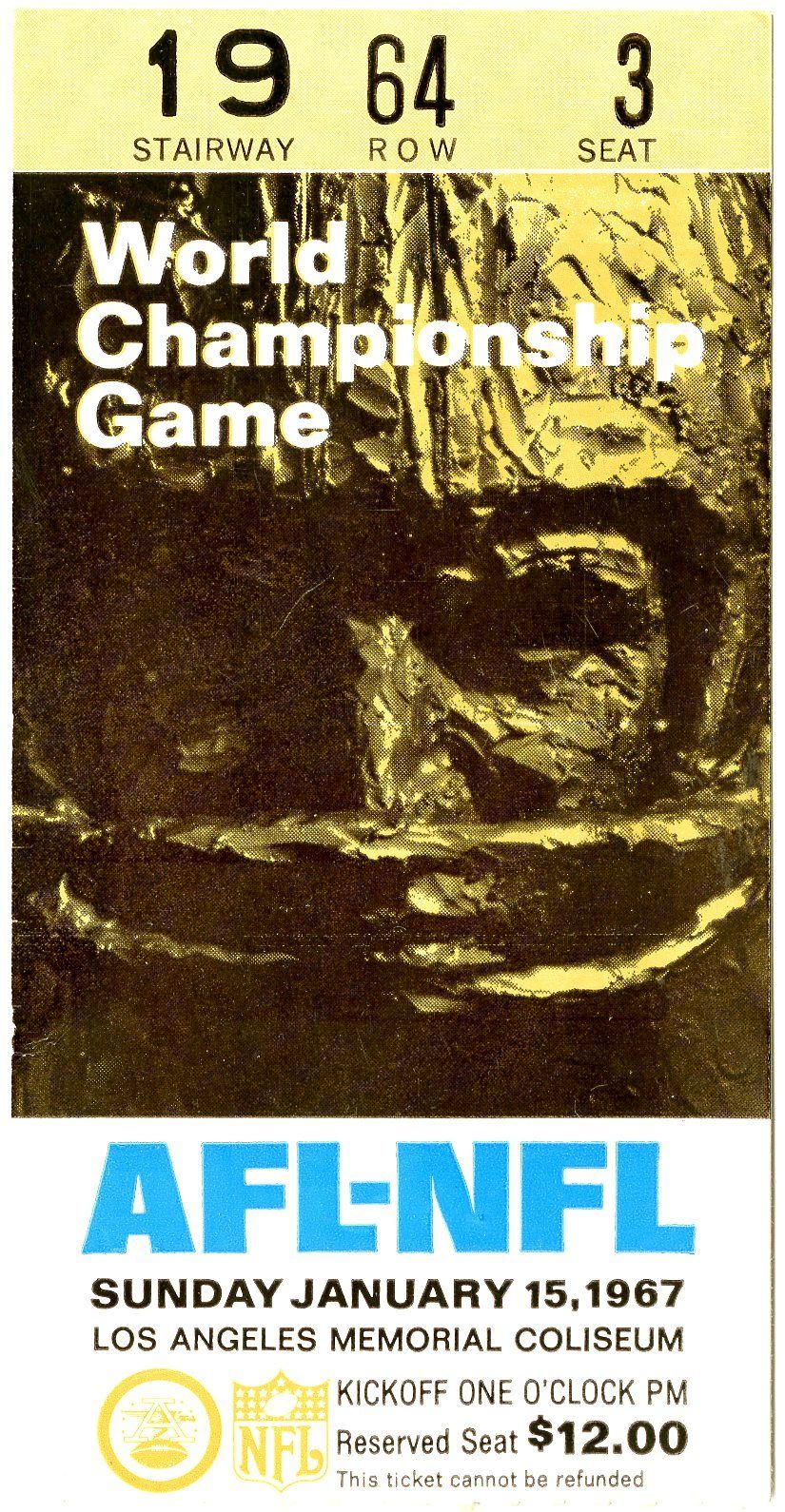
For example, both Canadians and Americans refer to a $100 note as a C-note, but an American might refer to it as a Benjamin, after its portrait of Benjamin Franklin, while a Canadian might refer to it as a Borden, after its portrait of Robert Borden. However, this usually only extends to terms that are not specific to one country or the other.

Since Canadians and Americans both refer to their respective currencies as "the dollar", and because the two countries tend to mingle both socially and in the media, there is a lot of overlap in slang terms for money. ĭiscontinued since 2000, the former one thousand-dollar notes were occasionally referred to as "pinkies", because of their distinctive colour. $100.00 is also called an onion in gambling corners. Dollar amounts are all also referred to as bucks.Ī five-dollar note is known colloquially as a fin, a fiver, half a sawbuck.Ī ten-dollar note is known colloquially as a ten-spot, a dixie, a sawbuck, or a tenner.Ī twenty-dollar note is known colloquially as QE2, or a Queen Sheet (after its portrait of Queen Elizabeth II).Ī one hundred-dollar note is known colloquially as a C-Note, a Borden (after its portrait of Prime Minister Robert Borden), or a bill (e.g. Similar to the United States 5 cent coins are called nickel (due to the metal it was made of), 10 cent coins are dimes, 25 cent coins are quarters or two bits. It is occasionally spelled twonie Canadian newspapers and the Royal Canadian Mint use the toonie spelling. The two-dollar coin is known as the toonie, a portmanteau combining the number two with loonie. This is because it bears an image of the common loon, a bird. In Canada, the one-dollar coin is known as the loonie. Main article: Canadian dollar § Terminology

The paper (first and second series) hundred-dollar note was nicknamed the "grey ghost", "grey nurse", or the "Bradman" in recognition of its proximity to the 99.94 batting average of cricketer Donald Bradman. The two-dollar note was known as the "sick sheep" in reference to its green colour and the merino ram that it showed. Ī number of post-decimal denominations which have since been discontinued had their own nicknames. The five-pound note could be referred to as a "fiver", or its derivatives, "deep sea diver" and "sky diver". Similarly, one Australian pound was colloquially described as a "quid", "fiddly", or "saucepan", the latter as rhyming slang for "saucepan lid/quid". An Australian shilling, like its British counterpart, was commonly referred to as a "bob", and the florin was consequently known as "two bob". The term was also used to refer to short prison term such as six months. The sixpence was often referred to as a "zack", which was an Australian and New Zealander term referring to a coin of small denomination, probably derived from Zecchino. The Australian threepence was referred to as a "trey" or a "trey bit", a name probably derived from old French meaning three. Pre-decimal currency in Australia had a variety of slang terms for its various denominations. In a Simpsons episode set in Australia, one character used the term "dollarydoos" which was later the subject of a failed petition to formally change the name of the Australian dollar. The $100 note is currently green and is known colloquially as an "avocado" or "green tree frog", but between 19 it was grey, and was called a grey nurse (a type of shark). Ī fifty-dollar note is also known colloquially as a "pineapple" or the " Big Pineapple" because of its yellow colour.

This is also in keeping with the reverse, in which "bottle tops" can be used as an expression of holding, offering, or having a low amount of money.Ī twenty-dollar note is called a " lobster" or redback because of its red colour. "Beer tokens" can relate to any denomination or combination of.

Similarly related, as is also used in the United Kingdom, "fivers" and "tenners" are relatively common expressions for five and ten pounds, respectively. This nickname was inherited from one- and two-cent coins when they were abolished in 1996. The five-cent coin is sometimes referred to as "shrapnel" as the smallest remaining coin in value and physical size.


 0 kommentar(er)
0 kommentar(er)
